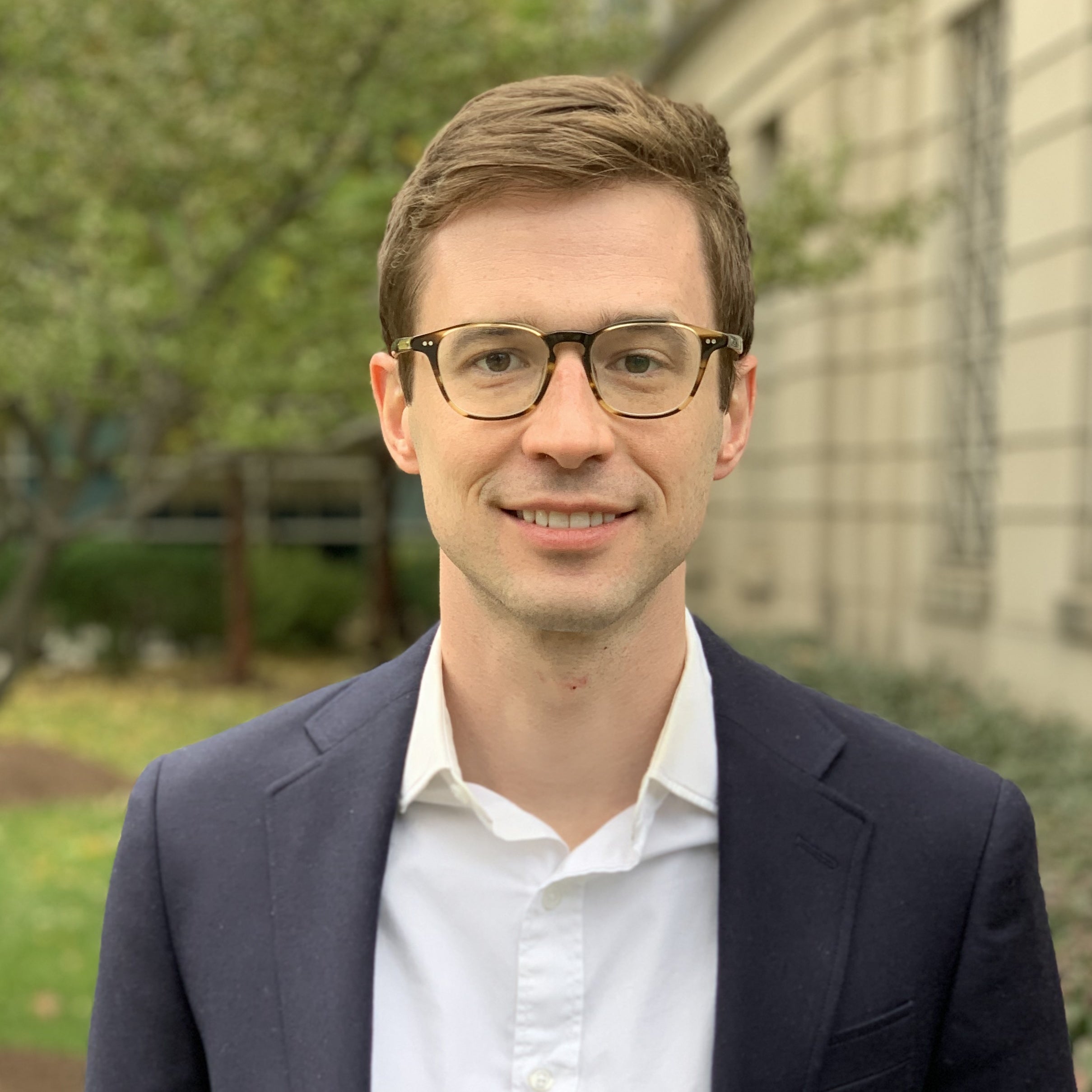James Dunham is an NLP Engineer at the Center for Security and Emerging Technology (CSET). He collaborates with subject-matter experts to solve prediction and inference problems, and specializes in natural language processing methods for scientific text. James was previously at the Massachusetts Institute of Technology, where his doctoral work addressed measurement challenges in political science. He has also worked on open civic data at the MIT Election Lab; developed survey methods at MIT’s Political Experiments Research Lab; and been an Adjunct Assistant Professor of Public Service at New York University. James holds a B.A. from the University of Wisconsin, an M.P.A. from New York University, and a Ph.D. from MIT.
Related Content
CSET submitted the following comment in response to a Request for Information (RFI) from the Department of Commerce regarding 89 FR 27411. Read More
The choice of method for surfacing AI-relevant publications impacts the ultimate research findings. This report provides a quantitative analysis of various methods available to researchers for identifying AI-relevant research within CSET’s merged corpus, and showcases… Read More
This issue brief uses data from the National Science Foundation’s Survey of Doctorate Recipients to explore how many of the international students who earn STEM PhDs from U.S. universities stay in the country after graduation. Read More
Progress in artificial intelligence has led to growing concern about the capabilities of AI-powered surveillance systems. This data brief uses bibliometric analysis to chart recent trends in visual surveillance research — what share of overall… Read More
Chinese and Russian government officials are keen to publicize their countries’ strategic partnership in emerging technologies, particularly artificial intelligence. This report evaluates the scope of cooperation between China and Russia as well as relative trends… Read More
The narrative of an artificial intelligence “arms race” among the great powers has become shorthand to describe evolving dynamics in the field. Narratives about AI matter because they reflect and shape public perceptions of the… Read More
Over the last decade, Moscow has boosted funding of universities and implemented reforms in order to make Russia a global leader in AI. As part of that effort, Russian researchers have expanded their English-language publication… Read More
To better understand immigration paths of the AI workforce, CSET surveyed recent PhD graduates from top-ranking AI programs at U.S. universities. This data brief offers takeaways — namely, that AI PhDs find the United States… Read More
Are great powers engaged in an artificial intelligence arms race? This issue brief explores the rhetorical framing of AI by analyzing more than 4,000 English-language articles over a seven-year period. Among its findings: a growing… Read More
The United States faces increased international competition for top talent in artificial intelligence, a critical component of the American AI advantage. CSET surveyed recent AI PhDs from U.S. universities, offering insights into the academic and… Read More
The task of artificial intelligence policymaking is complex and challenging, made all the more difficult by such a rapidly evolving technology. In order to address the security and economic implications of AI, policymakers must be… Read More
Trends in U.S. Intention-to-Stay Rates of International Ph.D. Graduates Across Nationality and STEM Fields
April 2020Policymakers continue to debate the ability of the United States to attract and retain top international talent. This Issue Brief assesses how many international Ph.D. graduates across various STEM fields and nationalities intend to stay… Read More
Talent is core to U.S. competitiveness in artificial intelligence, and international graduate students are a large source of AI talent for the United States. Retaining them in this country as they transition into the workforce… Read More

